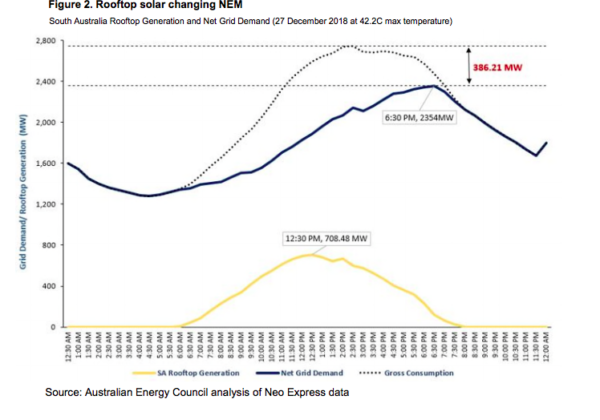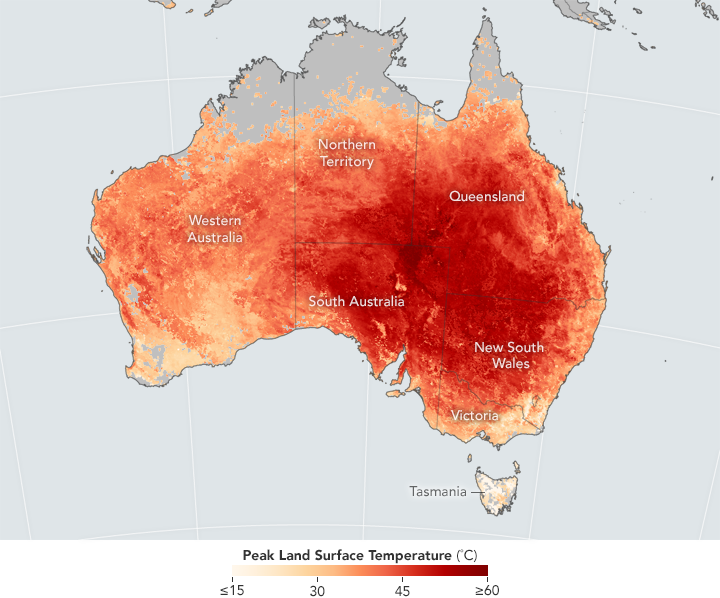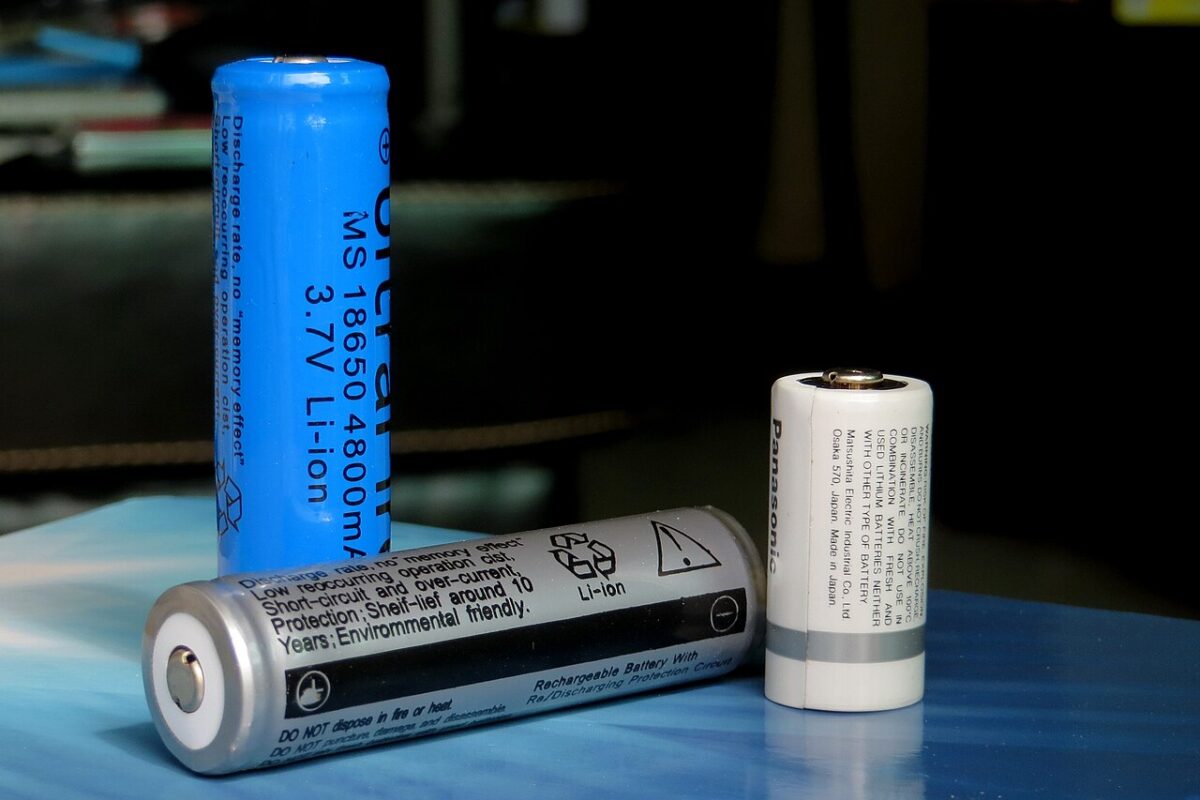From pv magazine Australia.
Thursday and Friday were a nightmare for the Australian Energy Market Operator (AEMO). As failed gas and coal structures caused huge energy supply gaps and off-market emergency reserves proved insufficient, AEMO had no option but to order load shedding.
While the mercury soared above 40 degrees Celsius, AEMO cut power to Alcoa’s aluminum smelter – the biggest consumer in the state of Victoria – for two hours on Thursday and ordered load shedding of more than 250 MW, affecting as many as 200,000 households.
Some 1.8 GW of power capacity in Victoria went offline, including AGL Energy’s Loy Yang power plant and EnergyAustralia’s Yallourn as electricity spot prices went through the roof to hit the price cap of $14,500/MWh.
However, the power outages could not be considered to have come out of the blue. In its 2018 Electricity Statement of Opportunities, AEMO warned of a heightened risk of power failure during summer peak-demand periods, based on the reduced reliability of ageing fossil fuel generators.
To avoid a blackout scenario, the energy operator sourced up to 930 MW of additional reserves under the Reliability and Emergency Reserve Trader (RERT) mechanism, which allows it to pay major energy users to power down, and retailers and distributors to reduce customer loads to support the grid. However, as two units at Yallourn and one at Loy Yang tripped, the reserves were not enough.
‘A 20th century energy system for a 21st century climate’
“We lost 1,800 MW of power capacity generation in Victoria,“ state energy minister Lily D’Ambrosio said on Friday. “That is an extraordinary figure to lose. Essentially most of that was a result of failed infrastructure from coal and gas – in particular coal.”
“The fact is that our thermal generators are ageing, they are becoming less and less reliable. Wind power came through today, it produced sufficient power generation. Our largest batteries were available last night when we needed them the most. Renewable energy is the way of the future and the here and now.”
With the price cap also reached in South Australia, AEMO called on the RERT mechanism, turning to the state’s fleet of diesel generators for the first time since they were installed following a state-wide blackout in 2016. As Adelaide on Thursday recorded its hottest ever day – 46.6 degrees Celsius – almost 30,000 households lost power after transformers on local power lines overheated and switched off.
A dire consequence of climate change, this year’s extreme heatwave is an emergency call for renewables. For D’Ambrosio, it was clear Australia’s summers are getting longer, hotter and more extreme because of climate change.
“People should be rightly disappointed that the power grid was not up to the stakes today,” she said on Friday. “We have a 20th century energy system, for a 21st century climate.”
What can rooftop PV do?
Clearly it can mitigate demand. According to The Australia Institute’s January report, rooftop solar helped curb energy supply by nearly 10% in Victoria and South Australia. An update was released last week:
Yesterday rooftop solar reduced heatwave peak demand in NSW by 1138MW, QLD by 858MW, SA by 240MW, Vic by 560MW. Total peak reduction for NEM states 2796MW! Solar delivers when power needed most: peak demand on heatwave days #auspol #springst #qldpol #nswpol #gasandcoalwatch pic.twitter.com/Hr1yas5ERY
— Australia Institute (@TheAusInstitute) January 23, 2019
On the customer side, rooftop installations and reducing load are still the only options to help the grid during heatwaves. With more than two million – one fifth – of homes having solar, and an average of six panels installed per minute nationwide, Australians are greening the grid and doing their bit to fight climate change.
This month, the Australian Energy Council and Energy Networks Australia released a factsheet on the potential impacts of heatwave conditions on the energy system. Noting increased reliance on air conditioning has caused a rise in peak demand over the past couple of decades, the document added, in recent years that has been tempered by the greater role household solar and batteries have played, alongside a reduction in demand from large industrial facilities, some of which have closed.

This content is protected by copyright and may not be reused. If you want to cooperate with us and would like to reuse some of our content, please contact: editors@pv-magazine.com.




While I applaud your assertion that renewables are the future, I was disappointed that you lumped SA and Victoria together in terms of power failures.
Victoria had coal fired generation failures. SA, I believe, ran the diesel generators to assist Victoria, albeit at the top of the price range.
SA’s failures were in delivery (local transformers overheating), which occurs in every state for various reasons and is generally only heard of locally and is usually rectified in a short time. It had nothing to do with generating capacity.
Hi Graham,
Thanks for your comment. Yes, the SA outage cause is pointed out in the 8th para, but our take is that in both cases renewables helped. Best, Marija
It is interesting to see how Australia handles the extreme heat and grid loads. I ran across an article a few months ago about the TESLA energy storage installed across the Neoen wind farm. It seems that about a year ago the old Loy Yang power plant tripping offline was remediated by the wind farm and energy storage to keep the grid from cascading failure. This time it seems to be not enough and actually when it was determined that 250MW had to be shed, a substantial amount indeed. As Australia was the intellectual property well of flow batteries back in 1988, I’m surprised that the technology hasn’t been adopted in a distributed grid network. UET Inc. in the U.S. is constructing a flow battery in China that will be 200MW for 4 hours an actual 800MWh energy storage solution. UETs Gary Yang is also claiming they have changed the electrolyte chemistry from a weak sulfuric acid solution to a mix of sulfuric and hydrochloric acid solution that has better temperature properties than old vanadium ion solutions of the past as well as a slightly higher energy density.